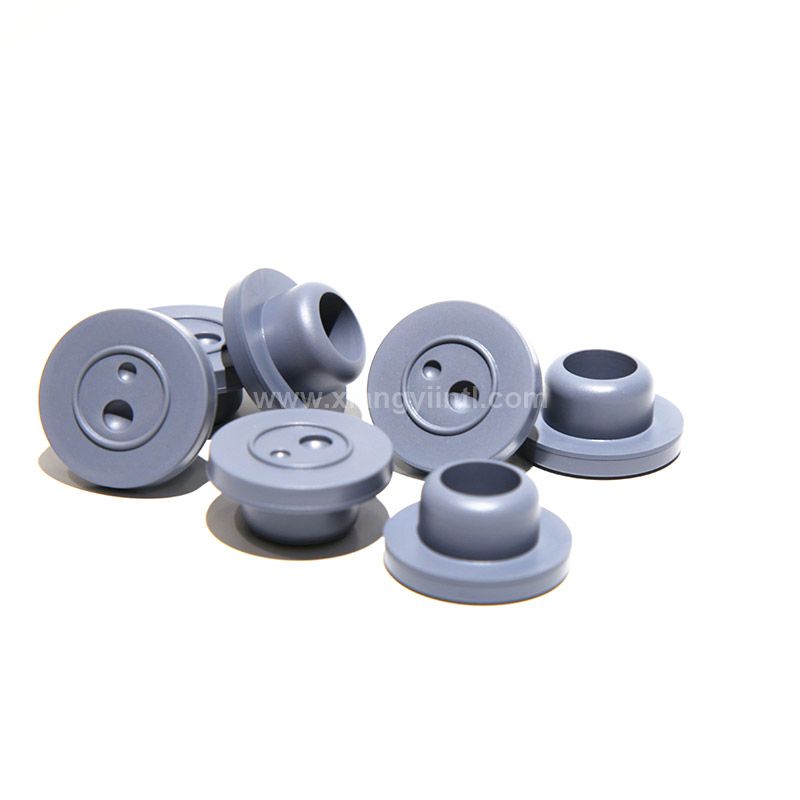Dec. 12, 2023
Rubber & Plastics
In the world of laboratory equipment and industrial applications, the choice of materials plays a pivotal role in ensuring safety, efficiency, and longevity. One critical component that often takes center stage is the humble rubber stopper. Today, we delve into the depths of this unassuming device to answer a question of paramount importance: Are rubber stoppers genuinely chemical-resistant?
Before we dive into the chemical resistance of rubber stoppers, let's unravel the composition of these versatile devices. Typically crafted from natural rubber or synthetic polymers, rubber stoppers serve as sealing mechanisms for a myriad of containers, vials, and laboratory apparatus.

Natural rubber, derived from the latex of rubber trees, exhibits inherent chemical resistance. The unique molecular structure of natural rubber imparts resilience against a spectrum of chemicals, making it a preferred choice in various applications.
On the other end of the spectrum, synthetic polymers such as silicone rubber and fluoroelastomers are meticulously engineered to withstand harsh chemical environments. These polymers are tailored to resist degradation and maintain their integrity even when exposed to aggressive substances.
Determining the chemical resistance of Bromobutyl Rubber Stopper involves subjecting them to a battery of tests. These tests simulate real-world scenarios where stoppers come into contact with different chemicals, ranging from mild solvents to corrosive acids.
In laboratories, where precision and purity are paramount, natural rubber stoppers find their niche. Laboratories dealing with common solvents and gentle chemicals often benefit from the cost-effectiveness and reliable performance of natural rubber stoppers.
Industries grappling with more aggressive chemicals and extreme conditions turn to synthetic polymers. Silicone rubber stoppers prove invaluable in pharmaceutical manufacturing, while fluoroelastomers shine in chemical processing plants where resistance to corrosive acids is non-negotiable.
To ensure prolonged chemical resistance, proper maintenance is crucial. Regular inspection, cleaning, and adherence to recommended usage conditions contribute significantly to the longevity of rubber stoppers, regardless of their composition.
In conclusion, the chemical resistance of rubber stoppers hinges on their composition and the specific demands of the application. Natural rubber stoppers hold their ground in standard laboratory settings, while synthetic polymers step up to the plate in more challenging industrial environments.
As industries evolve and demands for chemical-resistant materials grow, rubber stopper manufacturers continue to innovate, pushing the boundaries of what these unassuming devices can withstand.
Previous: What are the benefits of PVC-free Laminating Film?
Next: What is the difference between recycled and post-consumer recycled?
If you are interested in sending in a Guest Blogger Submission,welcome to write for us!
All Comments ( 0 )